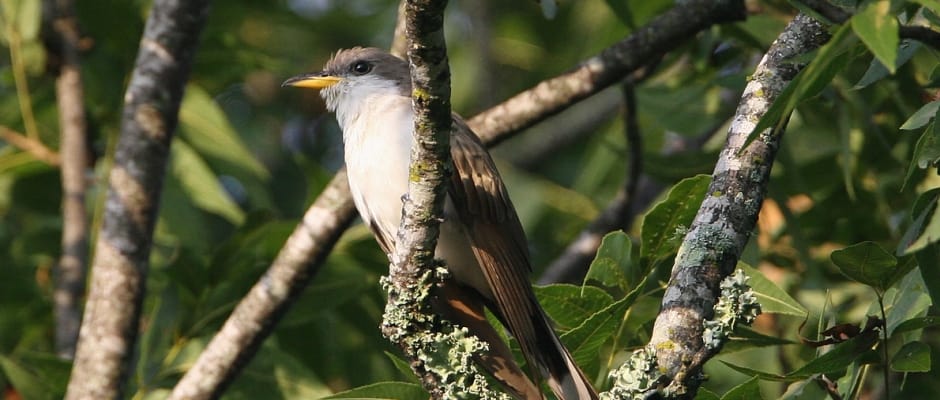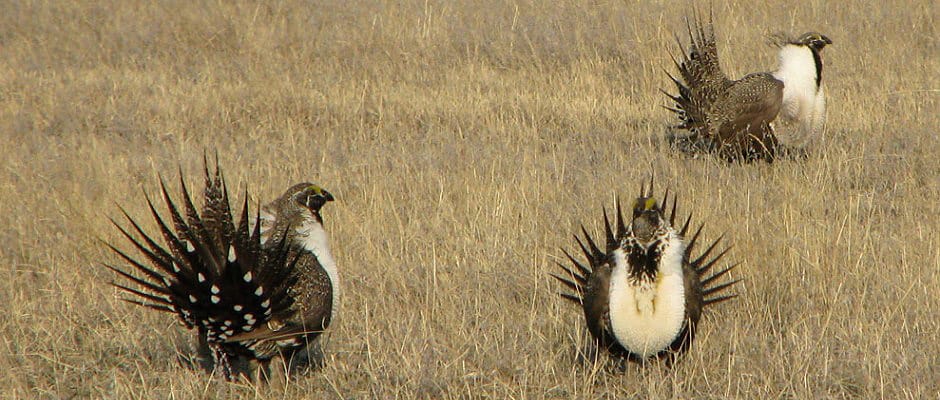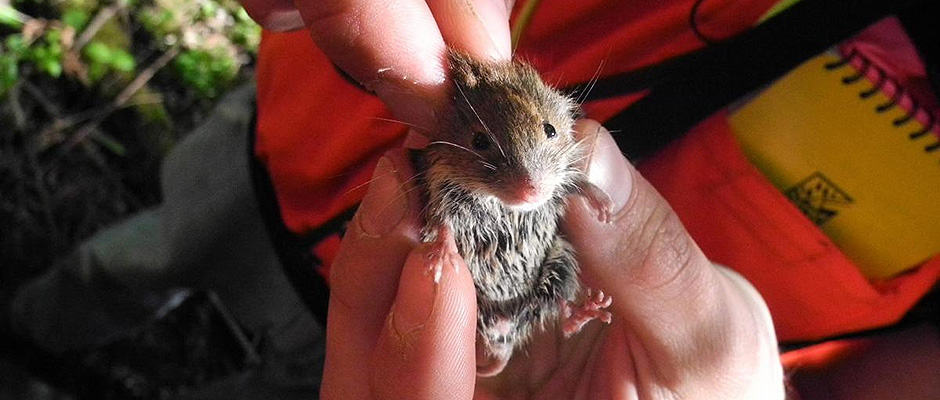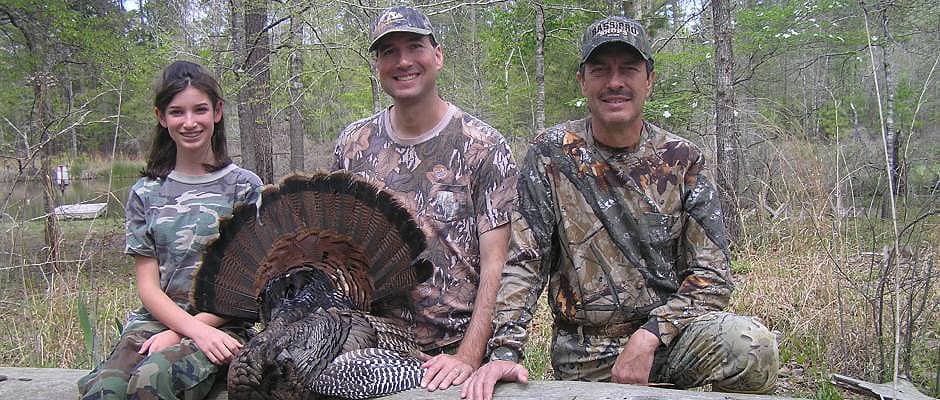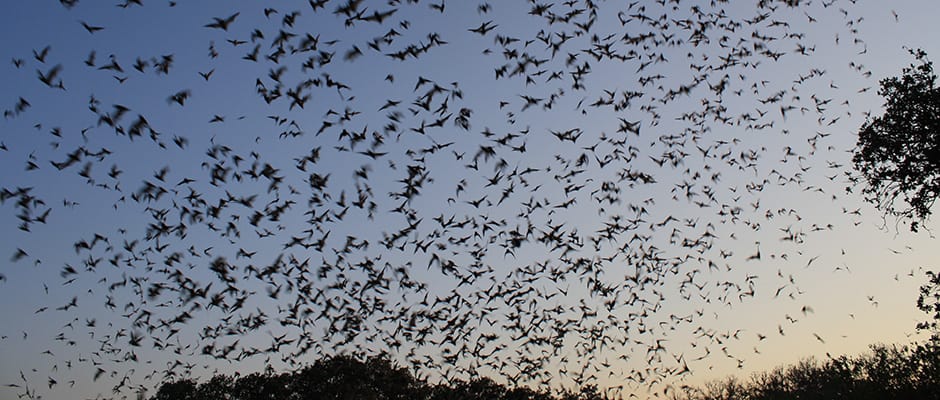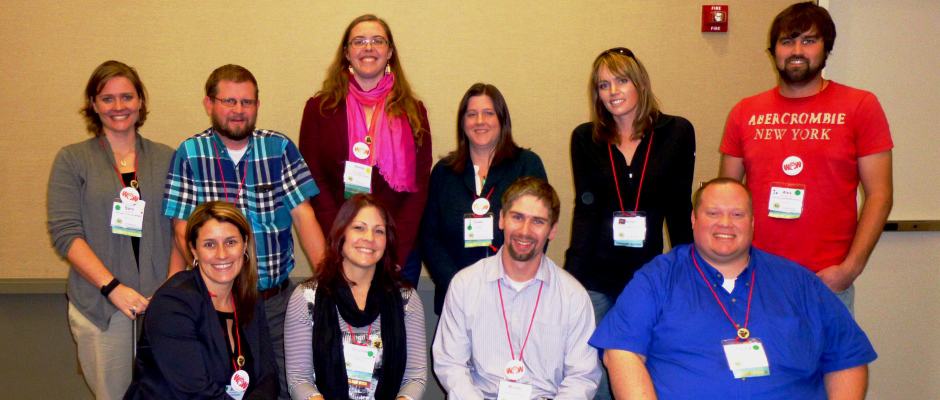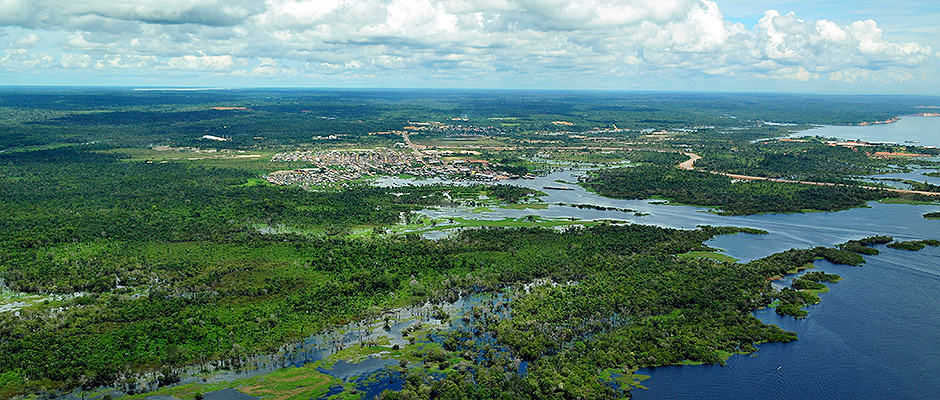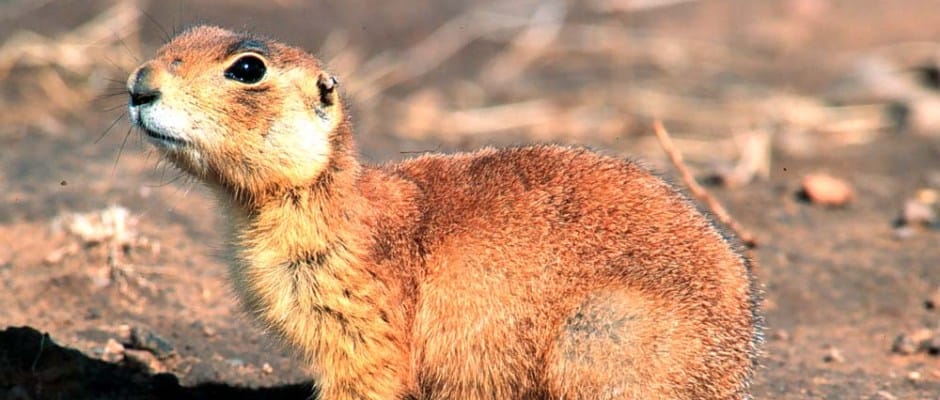
The Wildlife Society recently awarded a total of $7,000 in travel grants to 18 deserving students who had been selected to be presenters at the 21st Annual Conference in Pittsburgh. With that experience now behind them, but the memories and the impact still fresh in their minds, a few of those students shared their insights and their appreciation.
Attending the annual conference provides students with numerous opportunities to not only learn but also to network with wildlife professionals. Franny Buderman’s PhD advisor has often told her that you never know when your future boss will be in the room.
“And this is never more true than at a conference,” the Colorado State University student said. “While it might not be an immediate benefit, going to the annual conference is an investment that should yield future returns.”
For Sonja Leverkus, a PhD candidate at Oklahoma State, the conference provided a unique opportunity for face-to-face networking on a much larger scale than possible at home.
“I live in a very remote part of Canada where there is minimal interaction with wildlife professionals,” she said. “I was able to connect and network with other Canadian biologists whom I may not have ever been able to meet.”
For those presenting research, such as the travel grant winners, the conference provides an excellent forum to practice communication skills and to receive feedback from scientists.
“The conference as a whole provides a great opportunity to receive insightful, critical feedback and to build networks with potential collaborators and employers,” said Shannon Kachel from the University of Washington.
Jacob Bert, a graduate student at Purdue University, said he “was amazed at how approachable everyone was – from senior faculty at highly regard universities to undergraduate students, every person that I met was very approachable and easy to talk to.” He believes that this played a large factor in learning how to effectively communicate his research to other professionals.
For students interested in attending future conferences and/or presenting research, Hsiang Ling Chen from the University of Arizona recommended that you contact people you’d like to work with in advance and “practice, practice, practice!” for your presentation.
Tori Donovan from Laurentian University says, “I strongly recommend entering the conference with an outgoing and eager attitude towards meeting new people.”
In other words, put your best foot forward and be ready to learn, network, and engage!
TWS Travel Grants help students with travel expenses for the annual conference, including transportation, lodging, and meals. Applicants must meet a series of requirements, including that they be a member of TWS, a confirmed presenter at the conference, and that they have not received a travel grant for the previous year. The submission site is typically available during the month of June and applications are accepted for approximately four weeks.




